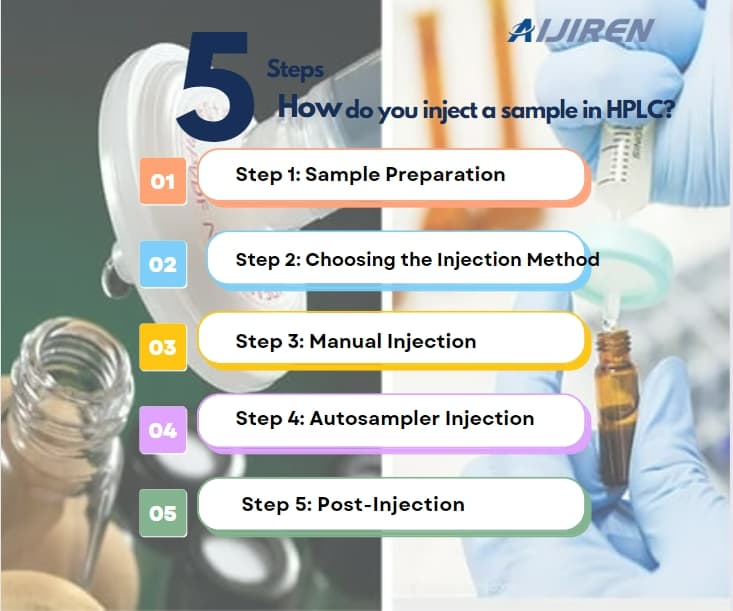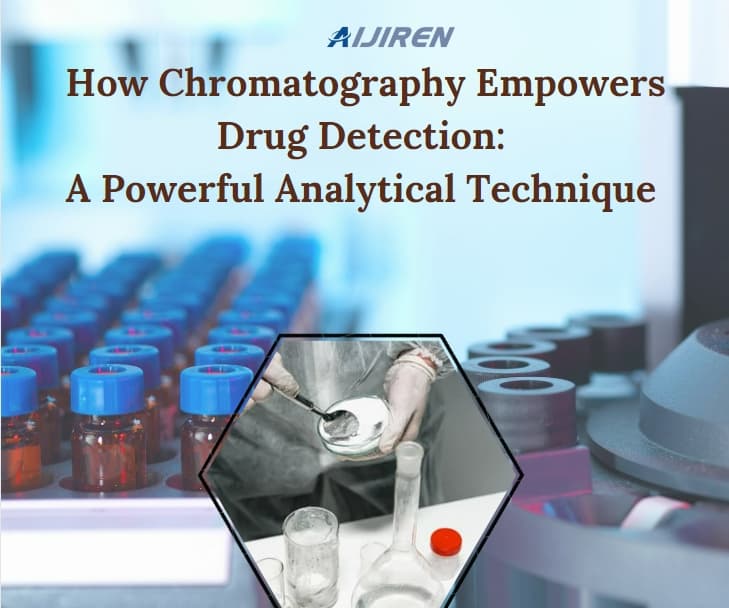How to select the suitable headspace vials?
Headspace GC is a sample preparation method for determining volatile compounds in solid and liquid samples. Sample vials used for gas chromatography, headspace gas analysis are called Headspace Vial. Headspace sample vial is generally used for gas phase experiments. The headspace sample vial is subdivided into 3 parts: vial, septa and cap.
GC headspace works on the principle that an equilibrium must be achieved between the volatile analytes in the sample matrix and the headspace (i.e., the gas phase in the sample vial or container) above the sample matrix. The samples evaporate into their respective headspaces upon heating.
Headspace vials often come in larger volumes than the 2 mL vials used in many liquid sampling systems. Common offerings are 6 mL, 10 mL and 20 mL capacities,etc. Larger vials accommodate larger sample volume and/or a larger headspace above that sample. Because headspace works best for volatile compounds, using quality vials and caps to form a tight seal is critical to a successful analysis.
Benefits of GC Headspace
- It is compatible with virtually any matrix. The sample itself does not need to be volatilized or dissolved in a liquid suitable for gas chromatography.
- Little or no sample preparation is required. This improves the reproducibility of results, as sample preparation can introduce errors into the overall workflow.
- Smaller solvent peaks. In many applications, the amount of solvent entering the gas chromatograph is much less than the amount of solvent in the liquid feed. In such cases, the solvent peaks are smaller and interfere less with the analyte of interest.
- Instrument uptime is longer. Cleaner samples reduce maintenance on the GC inlet, column, detector or mass spectrometer source.
- Sensitivity is typically higher, with better precision and linearity.
Selecting the suitable headspace vial
Headspace vials are available in different capacities and sizes and can be selected according to different situations:
- Determined according to the requirements of gas chromatography analysis. Extracts provided by headspace analysis must be limited to volatile components, which is ideal for gas chromatographs. The volatility of the headspace sample reduces cleaning and maintenance of the injector, column and detector, thus saving instrument downtime. Headspace vials are used to extract volatile components from complex sample mixtures, separate them from non-volatile components, and inject them into a gas chromatography system for separation.
- Determined according to the requirements of the chromatographic column. If the packed column or capillary column shunt injection, the injection volume is generally 0.5-2mL, need to choose a large volume of headspace vials. For the capillary column without shunt injection, the injection volume is generally not more than 0.25mL, a small volume of headspace vials can meet the demand.
- Determined by the sample. For liquid samples, a headspace vial of about 10mL is usually selected because the sensitivity of the analysis depends on the concentration of the component to be measured in the headspace vial rather than the sample volume. For solid samples, a larger headspace vial is required due to the larger sample volume.
In summary, the selection of a suitable headspace vial volume can be determined according to the needs of gas chromatography analysis, column requirements and sample characteristics to ensure the accuracy and reliability of the experiment.
Back to List
-
 下午2:56How do you inject a sample in HPLC?
下午2:56How do you inject a sample in HPLC? -
 上午9:04How Chromatography Empowers Drug Detection: A Powerful Analytical Technique
上午9:04How Chromatography Empowers Drug Detection: A Powerful Analytical Technique -
 下午5:01Navigating Micro Inserts for HPLC Vials: A Comprehensive Guide
下午5:01Navigating Micro Inserts for HPLC Vials: A Comprehensive Guide -
.jpg) 下午5:14Common faults and solutions of automatic samplers(1)
下午5:14Common faults and solutions of automatic samplers(1) -
 下午5:08Ensuring Sample Integrity: Navigating EPA Storage Vials Stability Guidelines
下午5:08Ensuring Sample Integrity: Navigating EPA Storage Vials Stability Guidelines

